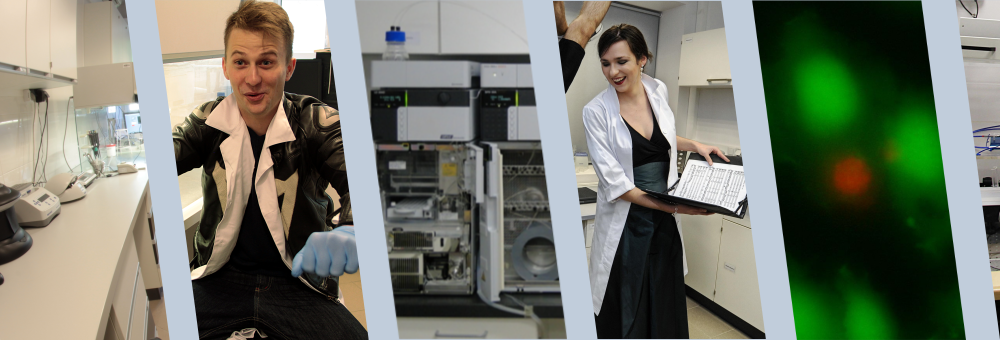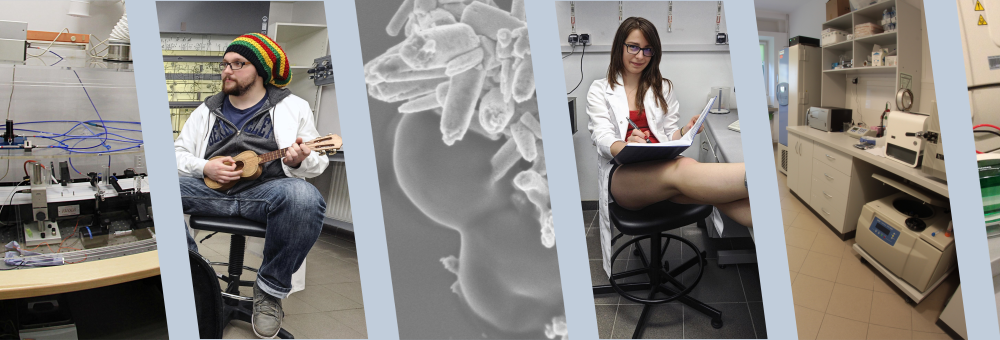Publication
Dynamic correlation functions for finite and infinite smectic-A systems: Theory and experiment
Author(s): Poniewierski, A and Holyst, R and Price, AC and Sorensen, LB and Kevan, SD and Toner, J
Title: Dynamic correlation functions for finite and infinite smectic-A systems: Theory and experiment
Abstract: In this paper, we present the dynamic layer displacement-layer and the dynamic density-density correlation functions-both smectic-A systems in the thermodynamic limit, and for real smectic-A that have finite size, nonzero surface tension acting al the two surfaces, and nonzero layer sliding viscosity. We also present the of our soft-x-ray photon correlation spectroscopy experiment, we have used to directly measure the dynamic density-density function for two different liquid crystals (40.8 and 70.7) the overdamped surface tension restoring force limit of our theory. used linearized hydrodynamics to first calculate the behavior of systems in the thermodynamic limit, and then to calculate the for real, finite size, nonzero surface tension freely suspended crystal films. For the real films, we used the linearized hydrodynamic equations and the Gaussian model for the layer to compute the set of relaxation times for the displacement in a finite smectic-il film bounded by two free surfaces. We find all of the relaxation times have maxima at nonzero values of the wave vector q(perpendicular to). For thicker films; the
Pages: 2027-2040
Journal: PHYSICAL REVIEW E
Volume: 58
ID: ISI:000075381500009
Year: 1998
DOI: 10.1103/PhysRevE.58.2027









